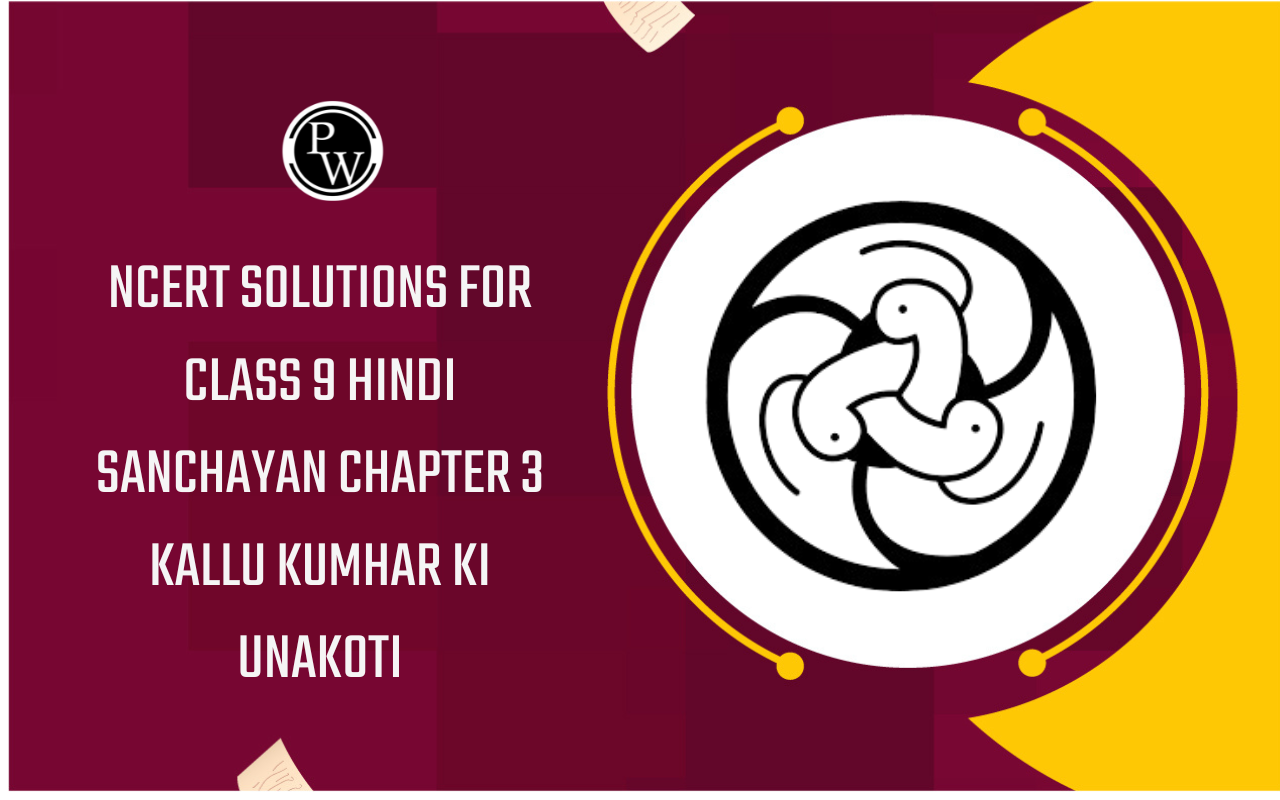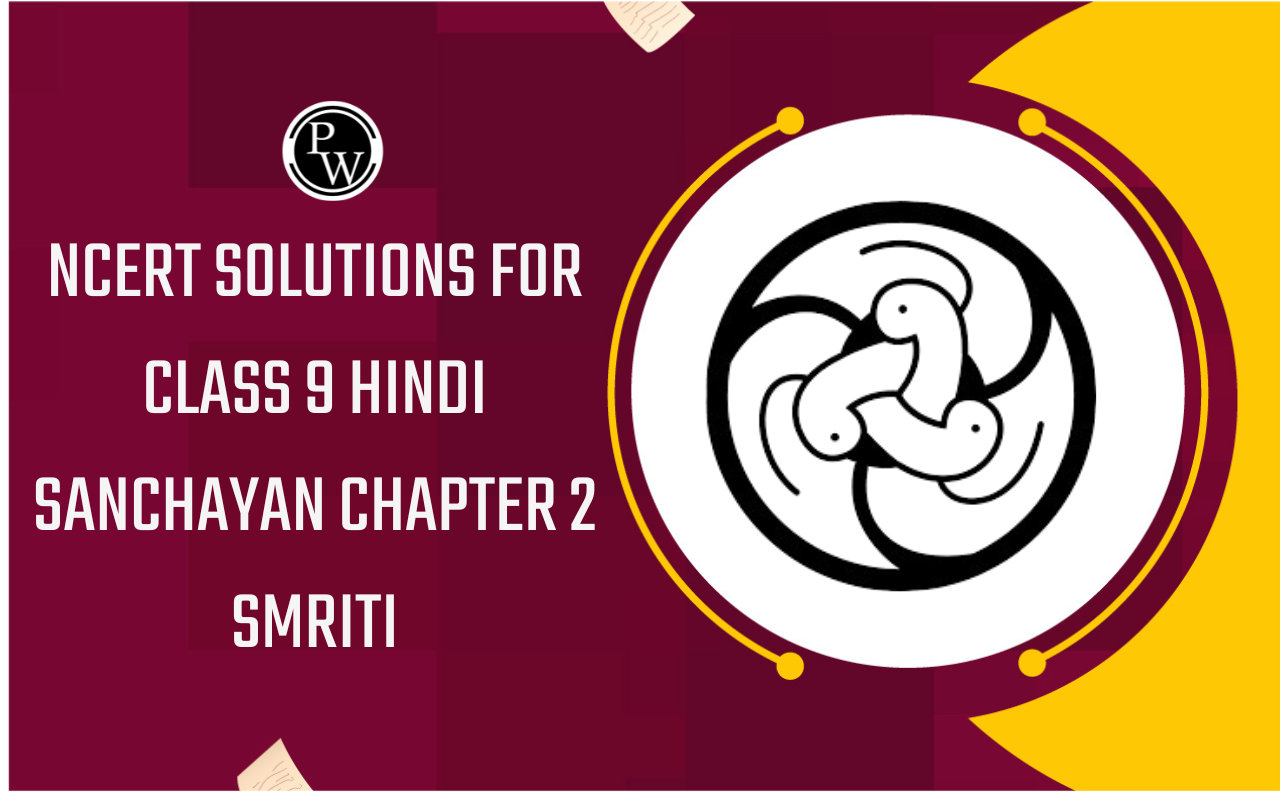
Difference between rest and motion
Feb 28, 2022, 16:45 IST
Difference between rest and motion
Before moving to difference between rest and motion lets understand what is rest and motions.
An object is said to be in motion if its position changes with respect to its surroundings in a given time. On the other hand, if the position of the object does not change with respect to its surroundings, it is said to be at rest. A car speeding on the road, a ship sailing on water and a bird flying through the air are examples of objects in motion. A book lying on a desk is at rest because its position with respect to the desk does not change with time.
If a person sitting in a boat is crossing a river, then the person with respect to the boat is in a state of rest (because his position with respect to the boat is not changing), but with respect to the shore he is in the state of motion. Similarly, if two cars are going side by side with same speed then with respect to each other they are in a state of rest, but with respect to trees and persons on the road they are in a state of motion. Thus, it is clear that description of motion depends on the observer or what is called in the language of Physics as a ‘Frame of Reference’. Thus, in the example of a person sitting in a boat and crossing the river, in a frame of reference attached to the boat, the person is at rest, while in a frame of reference attached to the shore the person is in the state of motion.
A convenient way to fix a frame of reference is to choose an origin and three mutually perpendicular axes labelled as x, y and z axes. Then the position of an object in space is, specified by the three coordinates. As the object moves, one or two or all the three coordinates change with time and it is the essential task of mechanics to obtain these coordinates as functions of time. If we know x(t), y(t) and z(t), then the motion of the object is completely described.
The motion of an object is said to be one dimensional when only one of the three coordinates specifying the position of the object changes with time. The motion of a car on a road, the motion of a train along a railway track or an object falling freely are examples of one dimensional motions. One dimensional motion is also termed as rectilinear motion. The motion of an object is said to be two dimensional when two of the three coordinates specifying the position of the object change with time. The motion of a planet around the sun, a body moving along the circumference of a circle are examples of motion in two dimensions. Two dimensional motion is also referred to as motion in a plane.
The actual path followed by an object in a particular reference frame is termed as its “trajectory”. Thus, the trajectory is a straight line in case of one dimensional motion whereas in case of a two dimensional motion, the trajectory can be a circle, a parabola or in general, a curve.
Students can also access the Class 9 Physics Notes from here.









